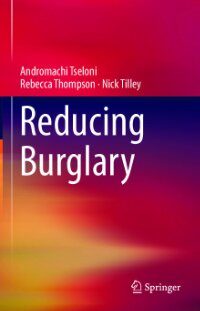By Ryan Cotter
This study, the seventh in the recidivism series, examines the relationship between length of incarceration and recidivism. In 2020, the Commission published its initial comprehensive study on length of incarceration and recidivism. In that study, which examined offenders released in 2005, the Commission found that federal offenders receiving sentences of more than 60 months were less likely to recidivate compared to a similar group of offenders receiving shorter sentences. This study replicates the prior analysis, however, it examines a more current cohort of federal offenders released in 2010. This study examines the relationship between length of incarceration and recidivism, specifically exploring three potential relationships that may exist: incarceration as having a deterrent effect, a criminogenic effect, or no effect on recidivism.
Washington, DC: United States Sentencing Commission, 2022. 56p.





















